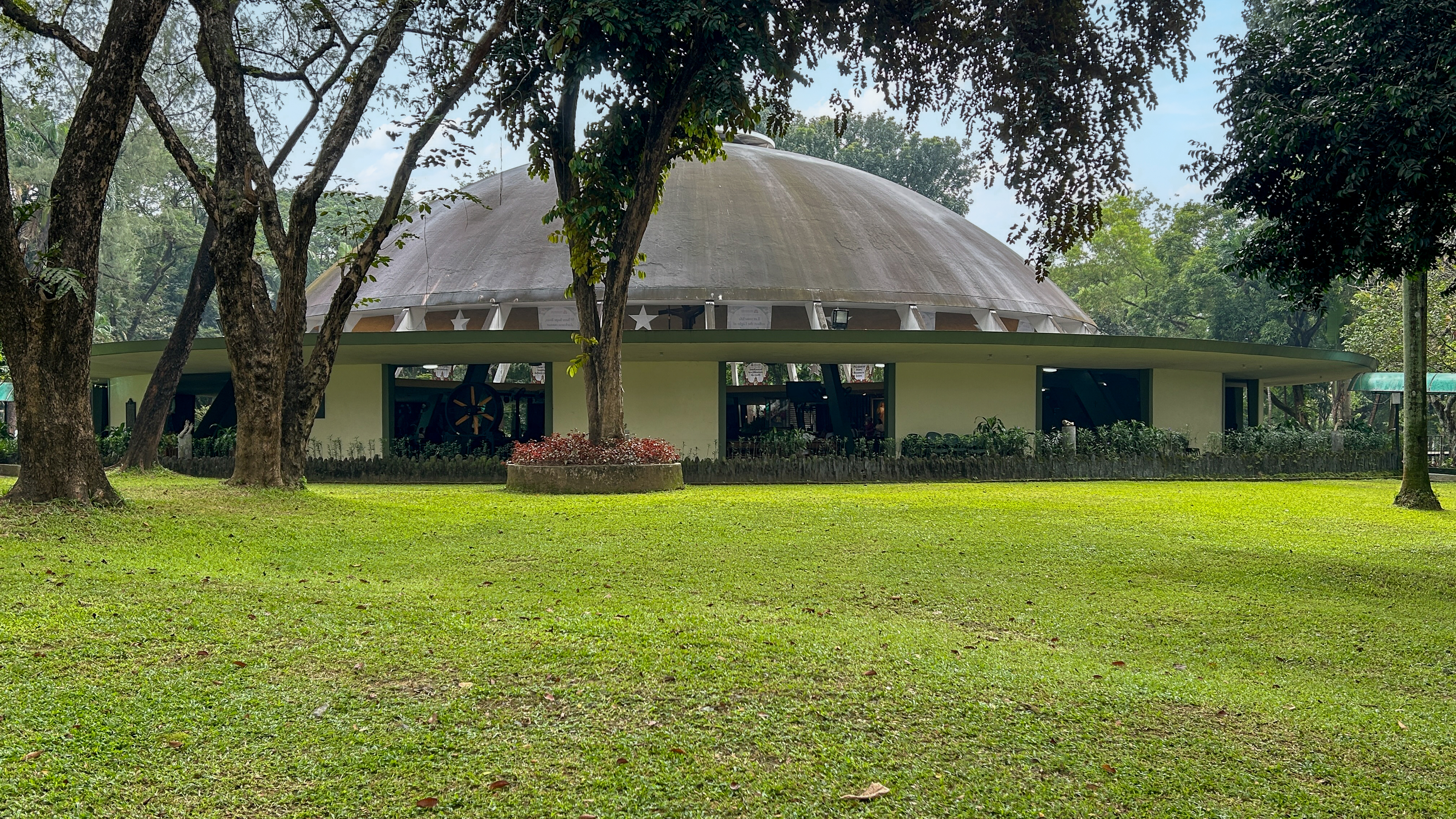Taken as a whole, the Philippine real estate industry is widely expected to continue to perform very well in 2013 and probably for the next few years. However, an optimistic outlook for the industry does not necessarily mean that all segments have identical prospects. A good analogy might be the Philippine stock market which was one of the region’s best performers in 2012 – the prospects for 2013 remain rosy, but of course not all stocks will fly. Just as it will be important to pick the right stocks for market players, the key for real estate developers and investors will be to ensure that they are in the right segments of the industry.
Better days ahead seen for Phl property sector
SPARE TIME By Mary Ann Ll. Reyes (The Philippine Star)
https://www.philstar.com/business-usual/2013/01/21/899186/better-days-ahead-seen-phl-property-sector
The local property sector has experienced phenomenal growth these past few years, no doubt, as can be seen from the number of residential and office buildings, townships, among others, being developed all over the place. But is this growth going to be sustained this year? This writer solicited the views and opinions of some of the Philippine real estate sector’s prime movers and decision makers to have a better idea of what could be in store this year for this vibrant economic pillar.
From Katrina Ponce Enrile , president, JAKA Group:
The year 2012 was very good for the Philippines economically. The country was able to post respectable growth rates and now different agencies are adjusting their forecasts to somewhere around six percent (from five percent). In addition to that, several banks have maintained interest rates to help people finance their needs, may it be for business, investments, home, or cars. These developments are a good sign for real estate in the country. Not only will people be able to afford house and lot through their supposedly higher income but also the banks are making it easy for them by giving them lower interest rates. Some banks offered interest lower than eight percent. In-house financing on the other hand provides low down payments and flexible payment methods.
OFWs are another reason why the real estate sector will continue to flourish for the years to come. These overseas Filipino workers continue to work away from their families in order to provide for their loved ones. These OFW families are buyers of low to mid level residential houses. In addition, this will create real estate development opportunities in areas where they (families of OFWs) are located in regions such as Calabarzon, Central Luzon. For the real estate sector players, competition will be focused on the amenities and add ons provided specially for condominiums, and the ease of payment. Location will still play a very important role, however, the location game will be focused more on tapping new areas rather than developing prime locations since most of these prime properties have already been developed.
From Rick Tan, chief finance officer, Vista Land & Lifescapes, Inc.:
Most observers are keenly aware of the strongly positive macro story for the Philippines. Robust GDP growth, benign inflation, low interest rates, improving corporate governance, and supportive demographics provide an attractive backdrop for the real estate and other industries. These are interrelated. The rapid growth of the BPO industry has spurred demand for office space and dwellings for a relatively well-paid workforce which has exceeded 500,000 employees. In fact, many office buildings are fully leased out prior to being constructed.
From Alfredo Austria, president, DMCI Homes:
As more projects are completed and more residents (especially first-time condo owners) move in this year, people will realize that condos are not built the same, and that condo living brings with it its own set of concerns. More people will probably be extra wary of hype and publicity. Property management and associated services will be even more critical to overall condo living experience and purchase decisions.
More new players, both large and small, will continue to enter the industry due to favorable economic conditions. However, strong, trusted brands with proven track records are still expected to dominate amidst a plethora of choices.
In general, demand for residential condo units will remain strong across all segments. However, we may need to look into the ever burgeoning supply of small units (e.g. studio and 1-BR units) in the core-mid and economic segments.”
How do you feel about it?






